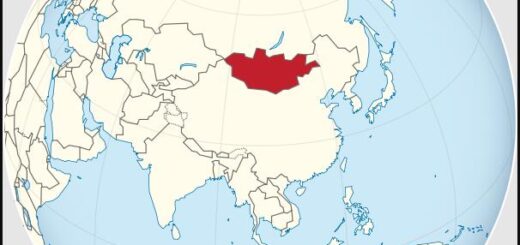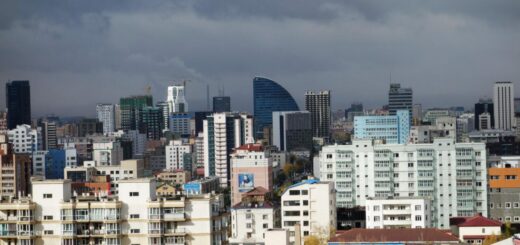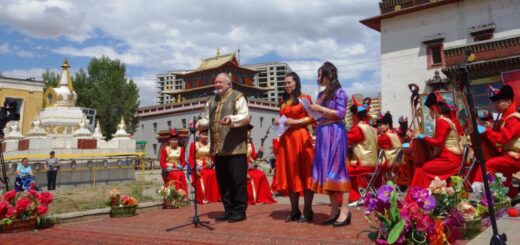Mongolia Economy Overview (2)
Nevertheless, the general economic and social situation was also very tense in 2016. The Tugrug continued to lose value against the dollar and the euro, and national debt continued to grow. Significant economic growth was not in sight and, despite all efforts, foreign direct investment remained at a low level. The reasons for this were lower demand from China and lower world market prices for raw materials.
According to internetsailors, criminal lawsuits against foreign investors, arrests, and refusals to leave the country have also permanently disrupted trust in the Mongolian jurisdiction.
The government quickly abolished these restrictions. For example, travel restrictions have been lifted for over 200 Mongolian and eleven foreign citizens.
Most of the investments went into geology and mining, the oil industry, trade and catering.
In the first eleven months of 2015, Mongolia’s economy grew by only 2.5 percent.
In the same year the Grand State Assembly passed a law on “Supporting National Production”. Among other things, it included tax breaks for producers of exportable goods.
“Program to Revitalize the Economy”
Stopping the decline of the economy and stabilizing the macroeconomy were the main tasks for the Treasury.
On November 24, 2016, the State Assembly adopted the “Economic Revitalization Program”.
While negative growth of 1.6 percent was recorded in March 2016, economic growth increased by 5.3 percent in the first half of 2017 and reached 7.3 percent in July 2019. Then came Corona. Raw material exports to China stagnated due to the border closings, government spending increased (health, social benefits, tax cuts) and revenues fell.
In the first quarter of 2020, economic output fell to – 10.7 percent. The ADB expects economic growth of -1.2 percent for 2020.
The main risks for the Mongolian economy still lie in the dependence on copper and coal prices. The interruption of the IMF special loan payments (emergency program) would also have extremely negative consequences. The problems regarding the start of underground operations in the Oyutolgoi gold and copper mine are also still awaiting a viable solution.
According to the National Statistical Office, the inflation rate in July 2019 was 7.4 percent, minus 0.1 percent compared to the previous month and plus 4.8 percent compared to the end of 2018.
In April 2020, the inflation rate rose, also as a result the corona crisis to 6.4 percent, to fall to 3.3 percent in May. Consequence of the decline in consumption.
In November 2020 the inflation rate increased to 3.5 percent, economic growth reached minus 7.3 percent
In his opening speech at the extraordinary session of the Grand State Assembly on August 25, 2017, the then Chairman of the MVP and Chairman of the Grand State Assembly (until January 2019) M. Enkhbold painted a gloomy picture of the economic and social situation in Mongolia. The budget deficit would have now reached 1.9 trillion Tugrug. Foreign investment fell from $ 4.6 billion in 2011 to $ 35 million in June 2016.
In the report of the World Economic Forum on Global Competitiveness (GCI) 2018-2019, Mongolia ranks 99th out of 140 countries with 53 out of 100 points, and in 2017 it was 95th out of 135 countries.
IMF and Mongolia agree
The Mongolian government went to great lengths to obtain foreign financial aid. IMF delegations visited Mongolia several times to sound out opportunities for financial support in the form of large loans and to check the implementation of the agreement between the IMF and Mongolia.
In February 2017, the IMF and Mongolia agreed in an “Extended Fund Facility” agreement on a loan commitment of 440 million US dollars for the next three years.
Overall, Mongolia can count on low-interest loans totaling 5.5 billion US dollars from international donors such as the World Bank and the Asian Development Bank as well as from China, Japan and South Korea. Prerequisites: tax increases for cars, alcohol and cigarettes, increase in income tax, increase in withholding tax on savings deposits, higher social security contributions, gradual increase in the retirement age, monthly child benefit payments for 40 percent of the poorest families, 60 percent have benefited so far.
The “Government Program to Overcome the Difficult Economic Situation and Stabilize” (Government Action Program Mongolia 2016-2020) was decided after discussions in the committees and in the State Assembly. It includes measures to support the unemployed in their search for temporary jobs abroad and the dismantling of bureaucratic hurdles for companies and business start-ups.
After a majority of the members of the Grand State Assembly finally approved the government resolutions for tax increases and cuts in social benefits, the emergency aid program for Mongolia was approved.
At its meeting on May 24, 2017, the Executive Board of the IMF approved the “Extended Facility Program” for Mongolia.
The International Monetary Fund is providing $ 440 million over three years, opening up the possibility of an additional three billion from the Asian Development Bank (AEB), the World Bank, Japan and South Korea.
China had already renewed the swap contract with Mongol Bank for at least three years for two billion US dollars.
The interest on the 440 million may not exceed two percent.
The repayment period is ten years.
The money must be used to reduce the budget deficit, to increase the currency reserves of the Mongol Bank and to support the Mongolian commercial banks.
The first installment of $ 38.6 million was immediately deposited into Mongolbank’s accounts.
In July 2019, the World Bank confirmed another $ 100 million. Both sides expressed confidence that Mongolia could overcome its economic difficulties in the near future.



